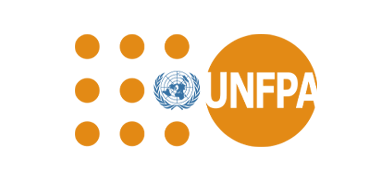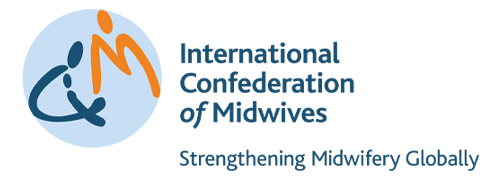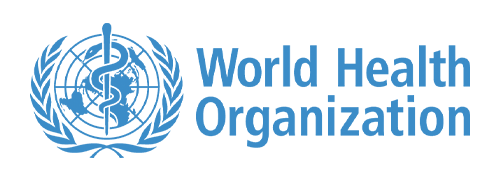Events
Nordic Talks
03 June 2021
Zoom
News
Mozambique, Angola help girls manage menstrual health and hygiene in crisis and beyond
28 May 2021News
After childbirth trauma, Afghan women emerge from life in shadows
07 June 2016The State of the World's Midwifery 2021
The State of the World’s Midwifery (SoWMy) 2021 presents findings on the Sexual, Reproductive, Maternal, Newborn and Adolescent Health (SRMNAH) workforce from 194 countries. The report, produced by UNFPA, the International Confederation of Midwives (ICM), the World Health Organization (WHO) and Novametrics, shows the progress and trends since the inaugural 2011 edition and identifies the barriers and challenges to future advancement. The report establishes a global shortage of 1.1 million SRMNAH workers, the largest shortage (900,000) being midwives.
Video
UNFPA Executive Director Dr. Natalia Kanem on The State of the World’s Midwifery 2021 Report
May 5, 2021The world is currently facing an acute shortage of 900,000 midwives, which represents a third of the required global midwifery workforce. The COVID-19 crisis has only exacerbated these problems, with the health needs of women and newborns being overshadowed, midwifery services being disrupted and midwives being deployed to other health services.
The State of the World's Midwifery 2021
Number of pages: 80
Publication date: 05 May 2021
Author: UNFPA, WHO, ICM
The State of the World’s Midwifery (SoWMy) 2021 builds on previous reports in the SoWMy series and represents an unprecedented effort to document the whole world’s Sexual, Reproductive, Maternal, Newborn and Adolescent Health (SRMNAH) workforce, with a particular focus on midwives. It calls for urgent investment in midwives to enable them to fulfil their potential to contribute towards UHC and the SDG agenda.
The State of the World’s Midwifery 2021: Fast facts
Resource date: 04 May 2021
Author: UNFPA, WHO, ICM
An executive summary of the key points from the detailed analyses conducted for the State of the World’s Midwifery (SoWMy) 2021, including an infographic which presents the headline results and conclusions.
State of the World’s Midwifery 2021: Executive summary
Resource date: 04 May 2021
Author: UNFPA, WHO, ICM
A 4-page summary of the key points from the detailed analyses conducted for the State of the World’s Midwifery (SoWMy) 2021. It sets out the scale of the workforce challenges and proposes 4 areas in which bold investments in midwives and midwifery are needed.
The State of the World’s Midwifery 2021
Colour indicates the number of midwives per 10,000 population. "Midwives" includes midwifery professionals, midwifery associate professionals, midwives not further defined, nursing professionals with midwifery training and nursing associate professionals with midwifery training
Click on a country to view key data and access the SoWMy 2021 country profile
- 10+
- 4 - 9.99
- 3 - 3.99
- 2 - 2.99
- 1 - 1.99
- 0 - 0.99
- not reported



The designations employed and the presentation of material on the map do not imply the expression of any opinion whatsoever on the part of UNFPA concerning the legal status of any country, territory, city or area or its authorities, or concerning the delimitation of its frontiers or boundaries. The dotted line represents approximately the Line of Control in Jammu and Kashmir agreed upon by India and Pakistan. The final status of Jammu and Kashmir has not yet been agreed upon by the parties.
How to use the SoWMy 2021 country profile
Resource date: 05 May 2021
Author: UNFPA, WHO, ICM
A detailed explanation of the data in the State of the World’s Midwifery (SoWMy) 2021 country profile and the sources and definitions used to produce it. The data and analysis are explained, and advice is provided on how to interpret and use the country profiles.
